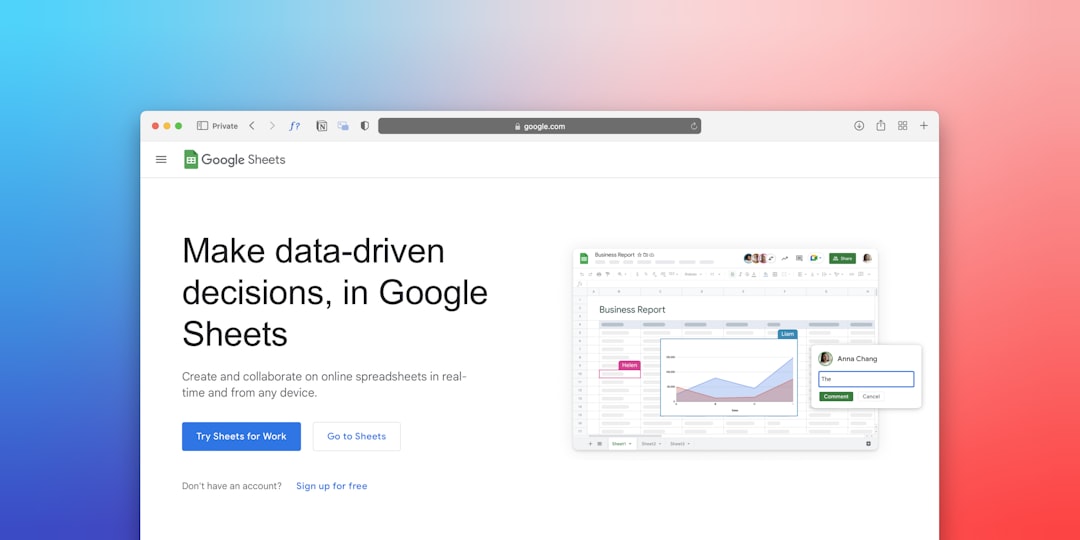Creating valuable content that meets the needs of your audience is essential for digital success. However, even well-established websites often overlook specific opportunities to serve their users better. One of the most powerful yet underutilized tools for identifying these opportunities is Google Search Console (GSC). By leveraging GSC correctly, marketers, SEO strategists, and content creators can uncover content gaps that are hindering their performance on search engine results pages (SERPs).
Contents of Post
What Are Content Gaps?
Content gaps are the topics, questions, and needs that your target audience is searching for but are not properly addressed on your website. These gaps may arise from:
- Incomplete coverage of a subject.
- Outdated or thin content.
- Failure to rank for long-tail keywords or specific user queries.
- Missing clusters or supporting content around primary keywords.
When users cannot find satisfactory answers through your content, they are likely to seek out competitors. Identifying and bridging these gaps not only enhances user experience but can significantly improve your organic visibility and conversions.
Why Use Google Search Console?
Google Search Console is a free tool that provides direct insight into how Google indexes and displays your site. While it is commonly used for monitoring indexing issues, search coverage, and click-through rates (CTR), it also offers treasure troves of keyword data that can help identify content gaps.
Unlike third-party SEO tools that may estimate search data, GSC provides actual user queries that triggered your site in search results. This first-party data is incredibly valuable for uncovering missed content opportunities that are rooted in real user behavior.
How to Find Content Gaps Using GSC
Follow this step-by-step method to successfully identify content gaps through Google Search Console:
1. Navigate to the “Performance” Report
Start by going to the Search Console dashboard and selecting your property. From the left-hand menu, choose the “Performance” tab. Here, you’ll find an overview of total clicks, impressions, CTR, and average position across your website.
2. Filter by Pages or Queries
To find specific content gaps, you will want to either look at individual queries (search terms) or pages. To discover missing content, it’s often more insightful to look at the queries that are bringing in impressions but little or no clicks.
Click on the “+ New” filter and choose between Page or Query depending on your strategy. If you want to develop existing pages, start by filtering a specific page URL to see what keywords it’s ranking for.
3. Analyze Low CTR and Poor Ranking Keywords
The truth lies in the numbers. Identify keywords or queries that have:
- High impressions and low clicks (low CTR).
- High impressions with a poor average position (e.g., average position worse than 10).
These keywords indicate demand (since they are generating impressions) but show that your content either is not attracting enough attention or is not ranking high enough. Both cases often signify a content quality or relevance gap.

4. Review Queries You Didn’t Intend to Target
GSC often reveals that your content is appearing in queries that you never explicitly targeted. For instance, if a post about “beginner photography tips” has impressions for “how to use DSLR settings at night,” that’s an unintentional match—which might be a signal to produce additional targeted content around nighttime photography settings.
These unexpected queries are excellent sources for spin-off content or entire new articles.
5. Compare Query Data Across Similar Pages
When managing websites with multiple articles around a topic, look at how similarly themed pages perform. You might notice that certain subtopics are underrepresented. For example, an article about “email marketing strategies” might not cover “B2B email subject lines” thoroughly, resulting in missed opportunities.
Use the page comparison feature in GSC to interpret performance differences and detect relational gaps in topical coverage.
Turning Data into a Content Strategy
Once you have identified content gaps using GSC, the action plan should be to:
- Create new content to target completely missing search terms.
- Expand existing pages to better serve keywords and questions that are underperforming.
- Consolidate thin pages to form a more comprehensive resource.
- Add internal links to support content clusters and improve discoverability of related pages.
Common GSC Insights That Indicate Content Gaps
When spending time in GSC, look for these specific opportunities:
1. Queries in Position 11–30 with High Impressions
This “almost there” range is full of hidden gold. Pages ranking in positions 11 to 30 are not on the first page but show that Google considers them somewhat relevant. These are perfect candidates for optimization or expansion.
2. Similar Queries with Varying Positions
It’s common to see related queries like “best running shoes for women” and “top women’s running shoe brands” show different ranking positions. This inconsistency could mean your content speaks better to one intent over the other—and signals an opportunity to address the weaker intent more clearly.
3. Questions Starting with “How,” “Why,” or “What”
These question-style queries often indicate users are looking for educational content. If your site is being triggered for questions but not earning clicks, the content might not be satisfying those queries. A dedicated FAQ or tutorial format could close the content gap.

Advanced Tip: Use GSC with Google Sheets for Better Analysis
Google offers a free API that allows GSC data to be imported directly into Google Sheets with scripts or add-ons like Search Analytics for Sheets. By exporting your performance data, you can:
- Sort by impressions and filter weak CTR pages in bulk.
- Identify growing keywords over time for emerging topics.
- Create content calendars based on patterns in seasonal keywords.
This type of deeper analysis is ideal for agencies, enterprise sites, and anyone managing multiple properties with complex content needs.
Conclusion
Content is not just about publication—it’s about optimization. Google Search Console is a powerful ally in detecting blind spots in your content strategy. By focusing on real-world queries, visibility trends, and keyword gaps, you can systematically improve the usefulness and relevance of your website.
If your goal is to grow sustainably, convert more users, and outperform competitors, then harnessing GSC to find content gaps should be a core part of your SEO and content framework. The data is already there—it’s only a matter of using it wisely.
